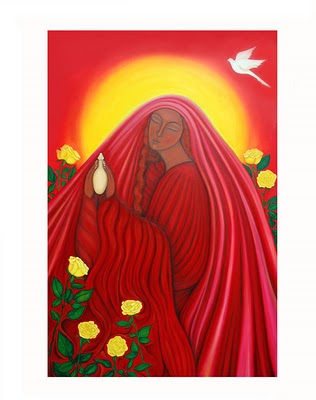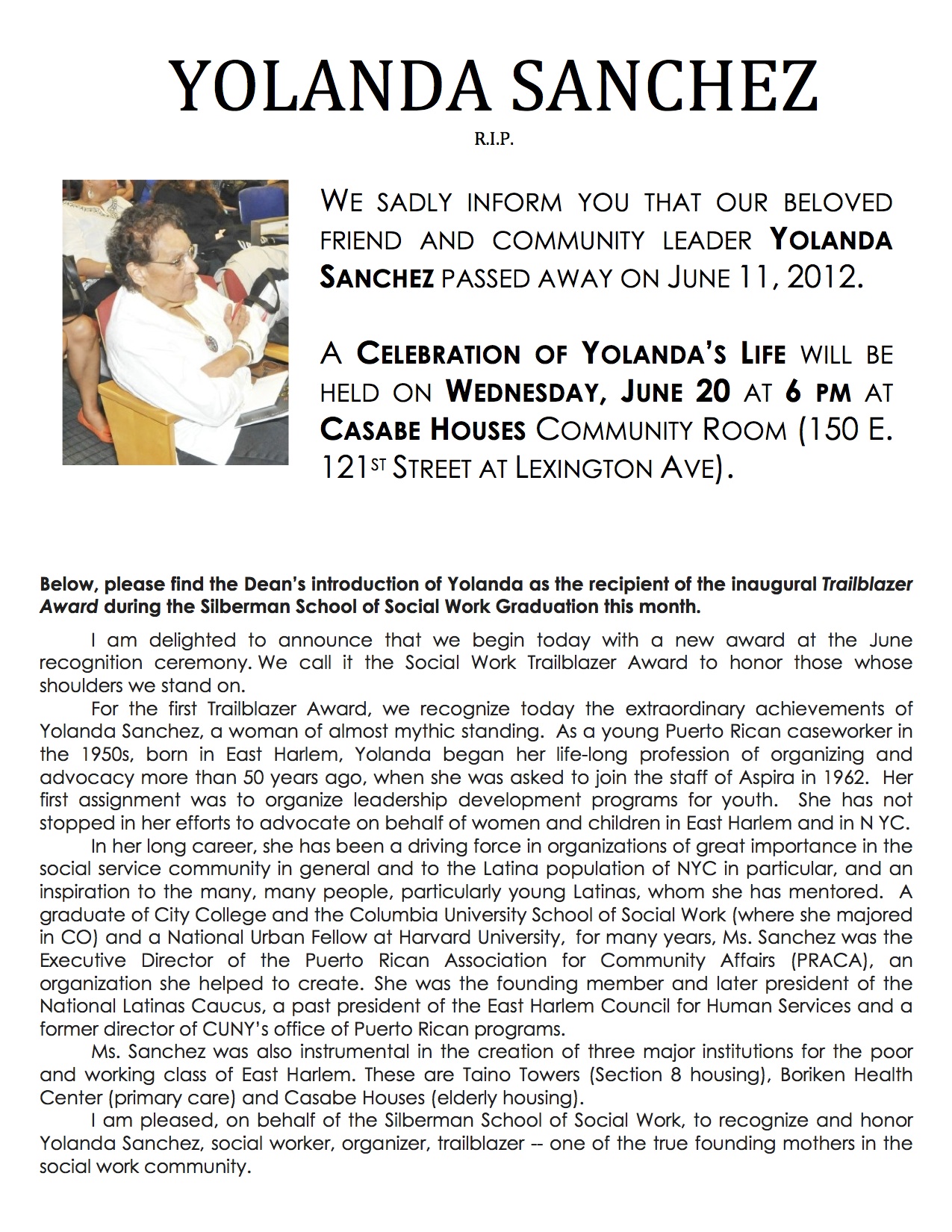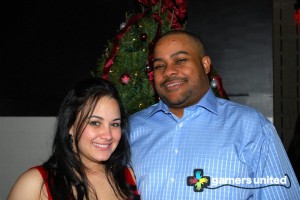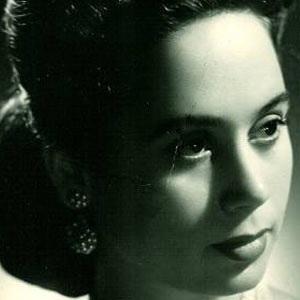COMPILED BY THE NATIONAL INSTITUTE OF LATINO POLICY
CONTENTS
* “Despite Advocates’ Claims, No Clear Consensus on Puerto Rican Statehood” By Sen. Roger Wicker and Rep. Nydia M. Velazquez, Roll Call (January 18, 2013)
* “Time to settle Puerto Rico’s status” By Ricardo Rosselló Nevares, The Hill (January 14, 2013)
* “Measuring support for Puerto Rico statehood” By José A. Hernández, The Hill (January 16, 2013)
* “Congress must step in to resolve Puerto Rico’s future status” By José L. Arbona, The Hill (January 17, 2013)
Despite Advocates’ Claims, No Clear
Consensus on Puerto Rican Statehood
By Sen. Roger Wicker and Rep. Nydia M. Velazquez
Roll Call (January 18, 2013)
Recent calls to press ahead with efforts to make Puerto Rico the newest U.S. state defy the results of the plebiscite on Nov. 6, 2012, when Puerto Rican voters rejected statehood and elected pro-commonwealth candidate Alejandro García Padilla as their new governor.
In a democracy, wishful thinking does not substitute for support.
Even the most fervent statehood advocates must realize that the election results amount to far less than the clear consensus necessary to move the statehood issue forward.
It is important to note the bias in the complex two-vote process as orchestrated by the pro-statehood party in their waning days in power leading up to the referendum on Election Day. Puerto Rican voters were asked first whether they would rather keep the commonwealth’s current political status or preferred an alternative. They could answer either yes or no. The next question then narrowed the field of alternatives to only three options: statehood, independence or sovereign commonwealth.
Without an option representing their political status of choice, many statehood opponents advocated leaving the second question blank.
Indeed, some 498,604 Puerto Rican voters refused to answer.
If the tortured ballot design was an attempt to make statehood appear more popular, the actual election results demonstrated just the opposite.
Of the 1,878,969 Puerto Ricans who made it to the polls, only 834,191 (about 44 percent) showed an interest in becoming America’s 51st state.
Twenty-four percent marked their ballots for sovereign commonwealth, 4 percent for independence, and 27 percent left that part of the ballot blank in protest.
Any way you slice it, roughly 830,000 votes out of 1.9 million does not a consensus make. The 44 percent vote for statehood is similar to the 1993 and 1998 referendums, where statehood earned 46 percent and 47 percent of the vote, respectively.
Other outcomes on Election Day show public support for political leaders who want Puerto Rico to remain a commonwealth. García Padilla belongs to the pro-commonwealth Popular Democratic Party, which was a big winner overall, taking back control of both houses in the legislature and the mayor’s office in San Juan.
Unfazed by their dismal Election Day performance, statehood supporters are laboring vigorously to turn a sow’s ear into synthetic silk. Their argument rests on the assertion that 61 percent of participants in question No. 2 chose statehood as their preferred political status.
Objective observers, however, have realized that the votes do not measure up quite as neatly as statehood advocates claim. Sixty-one percent may appear impressive at first blush, but the number was achieved artificially only by disregarding the ballots from voters who cast blank ballots in protest.
With nearly half a million votes set aside by the Puerto Rico Elections Commission, statehood advocates may look good on paper, but the contrived result fails to reflect actual public opinion. Puerto Ricans are right to demand better.
Puerto Rico’s referendum is non-binding, and any action toward official statehood must go through Congress.
Of course, the election results should not deter Congress from continuing to pursue ways to improve Puerto Rico’s relationship with the United States. As commonwealth residents, Puerto Ricans are American citizens and serve in the U.S. military. They have a non-voting delegate in Congress, pay limited federal taxes, and cannot vote in presidential elections. For commonwealth supporters, the current political status is important to preserving Puerto Rico’s rich heritage and having greater authority over the island’s unique needs.
Until an overwhelming consensus for statehood develops, Puerto Ricans’ satisfaction with being a commonwealth should be respected.
Sen. Roger Wicker is a Republican from Mississippi. Rep. Nydia M. Velazquez is a Democrat from New York.
Congress Blog
Time to settle Puerto Rico’s status
By Ricardo Rosselló Nevares spokesperson, Boricua Ahora Es
The Hill (January 14, 2013)
Ockham’s razor is a principle of logic attributed to medieval philosopher and friar William of Ockham (or Occam), which states that one should not make more assumptions than the minimum needed; that amongst competing hypothesis, the simplest one tends to be the correct one.
In the case of the November 6, 2012 plebiscite held in Puerto Rico, this postulate is evident. Exercising their democratic right, the U.S. citizens living in Puerto Rico voted on two fundamental questions to determine the future of their political status. The first question asked if the islanders wanted to maintain their current status. The second asked if, given a change of status, which alternative they would favor.
When asked if they “agree that Puerto Rico should continue to have its present form of territorial status?” an overwhelming 54 percent voted NO, thus rejecting the current territorial/colonial status. With more than 78 percent of the registered voters casting a ballot, the “NO” won by a margin of 140,000 votes, receiving thousands of votes more than any elected official. It won in all 8 senatorial districts and 39 out of the 40 representative districts.
In the second question, statehood was favored by 61.11 percent of the voters, whereas Free Association received 33.34 percent of the votes, and Independence 5.55 percent.
For the first time ever, the citizens of Puerto Rico have agreed on the status issue above party lines, and have made a definite statement to move away from the current territorial status. The questions were clear, and the answers were clear.
Yet, proponents of the current status are using an alternative hypothesis, centering the conversation on the second question of the plebiscite, in hopes that the results of the first question will be ignored. With blatant disregard for the people’s expressed will, they try to argue that statehood did not actually win 61 percent of the vote because if you consider the ballots left empty and the ballots cast for other options, the sum of these “defeated” statehood. Pardon me? Counting empty ballots? Ockham’s razor has run amuck here. Instead of the simplest explanation or hypothesis being the correct one, they go for a justification dripping with assumptions, fuzzy math and misdirection.
Regardless of these questionable efforts by proponents of the current status, it is really the first question of the Puerto Rico plebiscite that merits most serious consideration. It aims at the key principles that are sewed into the fabric of the United States: democracy, liberty, and freedom. It also strikes at the notion that Puerto Ricans could not “get their act together” on the status question, or that they have never “rejected the current colonial status”.
In an effort to make sure every congressman has the pertinent evidence and elements of judgment, a delegation of more than 130 Puerto Ricans have traveled to the Washington, D.C. to deliver the certified results of the plebiscite, the sample ballot, and a call to action to all 542 offices in Congress. It is noteworthy that, far from being a homogeneous group, the delegation is composed of people that favor different status options, but have all come together to make the will of the people not only be heard, but also acted upon. This fact alone is unprecedented.
So, what should Congress do?
Here we invoke Ockham’s razor again, as well as the Declaration of Independence, which states that “Governments are instituted among men, deriving their just powers from the consent of the governed”. Congress can choose to ignore the will of the people in Puerto Rico by elaborating some as-of-yet hypothesis, or by borrowing arguments from the proponents of the status quo. Alternatively, they can abide by the simple and elegant way in which the people of Puerto Rico have come together, have chosen to move away from the current status, and are therefore primed to accept a Congress-implemented self determination process with valid non-territorial options.
It is time to act and show the world why the U.S. is the standard-bearer for democracy in the world. It is time to respond immediately to the will of the citizens of Puerto Rico, having Congress lead the way with viable status options for this American territory.
The world is watching… the power is in your hands.
Nevares is assistant professor of Bioengineering and spokesperson for Boricua ¡Ahora Es!, a movement that sponsors a final non-colonial, non-territorial solution to the political status of Puerto Rico.
Congress Blog
Measuring support for
Puerto Rico statehood
By José A. Hernández, Popular Democratic Party of Puerto Rico
The Hill (January 16, 2013)
Has support for statehood in Puerto Rico suddenly swelled to a historic 61 percent high as its supporters claim or has it receded to a 20 year low of 44.4 percent as its opponents propound? You be judge.
The specific claim made by the 61 percent salesmen as published in a full-page ad the other day is that: “over 75 percent of registered voters came to the polls, and 61 percent voted for statehood.” Fact-checking that is simple. According to Puerto Rico’s Elections Commission there are 2,402,941 registered voters of which 1,878,969 cast ballots in the November 6 plebiscite. That is a 78 percent voter participation. As to that, the ad is truthful. But what about the 61 percent claim?
The Commission certified that 834,191 of those participating voted for statehood. Do the math. I have divided 834,191 by 1,878,969 several times and with different calculators made in various countries and it always comes out the same: 44.4 percent. That is about two percentage points less than the 46.3 percent statehood vote in the 1993 plebiscite and materially lower than the 61 percent claimed.
So what is all this fuzz about 61% for statehood? They get to that number by excluding the 498,604 blank ballots when calculating the statehood proportion, a dishonest maneuver when you realize that in the immediately preceding phrase they included those ballots when boasting about voter participation. Of those “over 75 percent of registered voters that came to the polls,” only 44.4 percent, not 61 percent, voted for statehood.
So many left their ballots blank because the island’s commonwealth status was not included as an option, forcing its supporters to vote either for a second preference or to seek a means of protest. The pro-statehood majority that legislated this plebiscite devised an unusual two question vote that never put statehood in direct competition with commonwealth, thus concealing if commonwealth is preferred over statehood. Significantly, those who legislated this convoluted process were swept out of office on that same election day, and the pro-Commonwealth party that asked voters to leave the ballots blank won the governorship and both houses of the legislature.
Puerto Rico’s Supreme Court recently stated that a blank ballot “expresses an inconformity with the presented proposals.” The Court feels that while we can never be certain what those votes are for, we can be pretty damn sure what they are against.
So this ends with a paradox. While the pro-statehood crowd refuses to accept that only 44.4 percent voted for statehood, they have to admit that 55.6 percent voted against it.
Hernández is mayoral secretary of Federal Affairs for the Popular Democratic Party of Puerto Rico.
Congress Blog
Congress must step in to
resolve Puerto Rico’s future status
By José L. Arbona, vice president, Puerto Rican Alliance for Sovereign Free Association
The Hill (January 17, 2013)
A delegation exceeding 100 Puerto Rican citizens recently visited Washington D.C., calling upon members of Congress to respond to the results of a political status plebiscite held in Puerto Rico in November 2012. The delegation included representatives from all status options: statehood, independence, and sovereign free association. Their common plight: to convince Congress that based on the democratic majority of Puerto Rican voters, the time for decolonization is now.
Puerto Rico has been a non-incorporated territory of the United States since 1898. In 1952 the island gained a certain degree of self-government through the creation of the Commonwealth of Puerto Rico, but its colonial nature went unchanged. Of course, the country has not been idle. In the second half of the 20th century it transformed itself from an agricultural-based economy into an industrial nation, but it has always lagged the continental USA. In fact, since the late 1970s Puerto Rico has actually stopped growing in real terms.
To cope with the economic problem, the local government has resorted to extreme public debt. Also, federal transfers to Puerto Rico have increased to an unprecedented level, now estimated to be 20 percent of the Puerto Rico’s total budget. As a result, two conflicting paradigms have emerged. One looks upon continued U.S. aid as a necessity, the other seeks self-sufficiency through the exercise of sovereign powers. This, in essence, is the political status problem of Puerto Rico.
Until very recently the U.S. could cope with the problem by arguing that the majority of Puerto Ricans actually favor the status quo. Not anymore. On November 6, 2012, Puerto Rico held a plebiscite posing two questions related to its political status. The first required the voter to state if he or she was satisfied with the territorial condition. The second asked voters to state their preference for a non-colonial alternative.
On the first question, 54 percent said NO. In fact, many more would have voted NO had it not been because the Popular Democratic Party (PPD) – which actually won the recent general elections – was against the plebiscite and asked the voters to vote YES. The PPD also favored leaving the second question unanswered, since their favored alternative, enhanced commonwealth, was not included as an explicit option. Some pro-independence groups were also in favor of boycotting the plebiscite.
Statehood obtained 61 percent of the vote; sovereign free association, 33 percent; and independence 6 percent. It would seem that statehood was the clear victor. However, 26 percent of the plebiscite voters left the second question blank, and there is overall agreement that these voters are not in favor of statehood. Therefore, when the blank/protest votes are factored in, the absolute majority (55 percent) is actually against statehood.
Naturally, statehood supporters argue otherwise. Their contention is that blank votes cannot or should not be taken into account. Nevertheless, a status change is of such a fundamental nature that an alternative cannot be implemented until an absolute majority in its favor is non-dubious. Clearly, this is not the case when referencing the second plebiscite question.
But the first question – Do you favor the present territorial status? – has been answered and its interpretation is straightforward. The people rejected the territorial nature of the Commonwealth. Thus, another plebiscite is required, with but one question: Which non-colonial status do you favor? It should be a federally sponsored plebiscite with clear alternatives defined by Congress. This is an absolute necessity since, contrary to independence which is an undeniable right, statehood and sovereign free association are both dependent on the willingness of the USA to concede them.
In conclusion, Congress should step in and speak clearly and truthfully to the people of Puerto Rico as to what the USA is willing to offer as a political solution. Puerto Rico’s call for decolonization is clear. Will the USA respond as a nation true to its beginnings or is it still stuck in the outdated paradigms of colonialism?
Arbona is retired chancellor of the University of Puerto Rico at Aguadilla and author of the book “Rompiendo el cerco: nuevos paradigmas sobre el estatus politico de Puerto Rico” (“Breaking the Fence: New Paradigms on Puerto Rico’s Political Status”).





